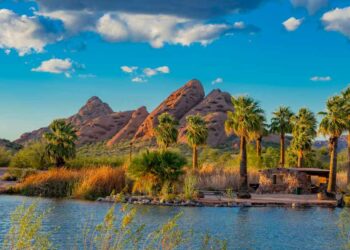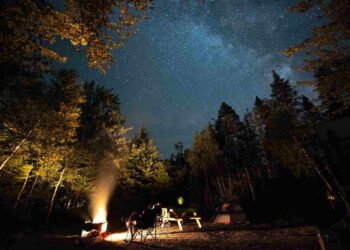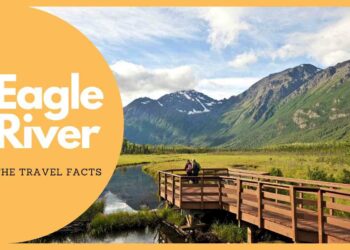In the Maori tongue, New Zealand is referred to as Aotearoa, poetically translated as ‘The Land of the Long White Cloud.’ This island country elegantly blends the dynamism of the contemporary world with the profundity of its indigenous roots. Obtain your New Zealand visa online in advance to embark on an explorative journey into the cradle of Maori culture. This will pave the way for an unhindered voyage into a realm where timeless traditions continue to vivify the diverse cultural tapestry.
Table of Contents
The Rich Tapestry of Maori History
The Maori people, New Zealand’s original inhabitants, have more than a thousand years of history. According to Maori tradition, Kupe was the first explorer to reach New Zealand, navigating by the stars from his ancestral Polynesian homeland, Hawaiki. Today, Maori history is preserved in vibrant oral traditions, intricate carvings, and legendary stories passed down through generations.
Embracing Maori Culture: The Haka
One cannot talk about Maori culture without mentioning the Haka, an ancient Maori war dance recognised worldwide thanks to New Zealand’s rugby team, the All Blacks. But the Haka is much more than just a pre-game ritual; it’s a form of expression that unites the community and pays respect to the gods.
The Artistry of Whakairo
Whakairo, or Maori carving, is another integral aspect of the culture. These intricate works of art can be seen on everything from meeting houses (Marae) to ceremonial war canoes (Waka). They tell stories of the past and represent the spiritual connection between the Maori people and their ancestors.
Te Reo Maori: The Language of the Land
Te Reo Maori, the Maori language, is another cornerstone of the culture. Although the language’s use fell off in the 20th century, efforts to revive it have been practical. Te Reo is now taught in schools to many New Zealanders from various socioeconomic backgrounds, further enhancing its standing as a priceless aspect of the nation’s legacy.
Maori Cuisine: A Feast for the Senses
Maori cuisine offers a unique gastronomic experience. Traditional dishes like Hangi, cooked in earth ovens, or the sweet kumara (sweet potato) showcase the Maori’s deep relationship with the land. Participating in a Hangi feast is a must-do cultural experience where one can enjoy these delicacies while learning about traditional food gathering and preparation methods.
Sacred Spaces: The Marae
Immersing oneself in the Maori way of life would be complete with a visit to a Marae, a communal meeting ground at the heart of Maori society. The Marae is a sacred space serving multiple purposes – ceremonies, celebrations, meetings, and funerals. Each Marae is adorned with intricate carvings, with a central meeting house (wharenui) representing a specific ancestor. Stepping into a Marae, one can sense the pulsating energy of community life and shared history that these spaces have witnessed and nurtured over the centuries.
The Essence of Maori Cosmology: Mana and Tapu
Understanding Maori culture necessitates understanding two fundamental concepts: Mana and Tapu. Mana, often translated as ‘authority’ or ‘power’, can be inherited or gained through bravery, wisdom, or leadership feats. Conversely, Tapu refers to sacredness or prohibition, which applies to people, objects, or places of spiritual significance. These concepts underline the Maori worldview, influencing their interactions with people and the environment. They serve as an ethical guide, shaping the community’s respect for authority and the sacred and preserving harmony within society and the natural world.
Delving into Maori heritage is akin to journeying through the intricate annals of New Zealand’s history and its initial settlers. The indomitable spirit and cultural richness of the Maori people permeate every aspect of the country – from language and artistic expressions to traditional ceremonies and sporting activities. Embarking on this exploration into the heart of Maori culture offers a compelling retrospective of a society’s resilience, creativity, and deeply entrenched connection to their ancestral territories.














